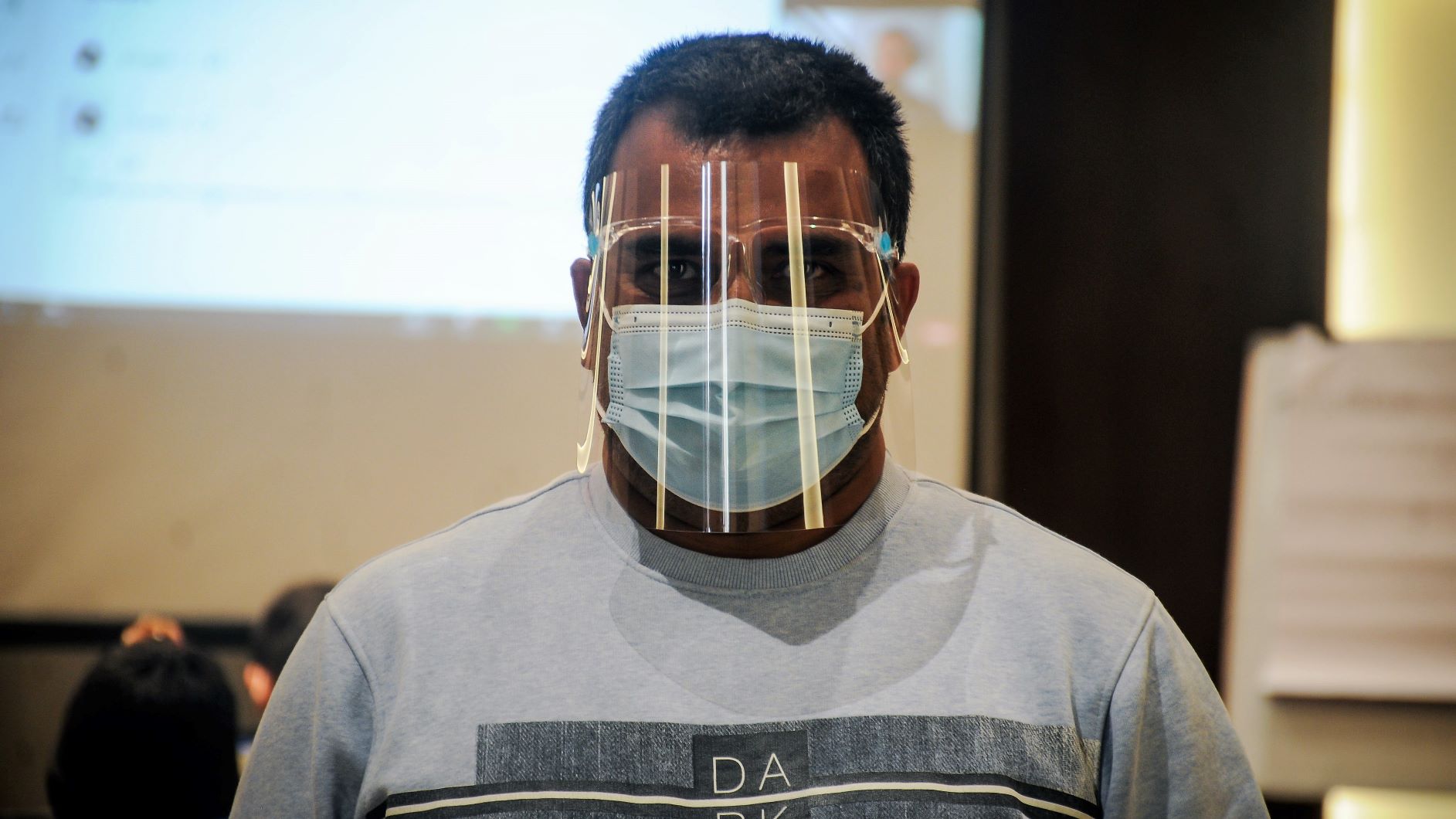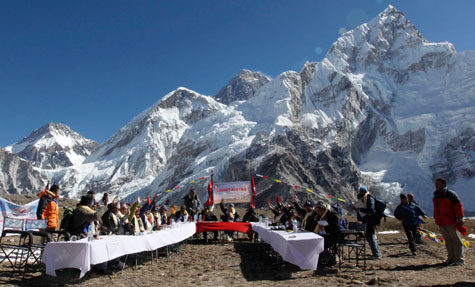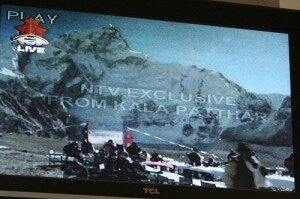An early morning cursory look at the newspapers – and their headlines – generally gives no good feeling. Mostly there are news that are more likely to dampen our enthusiasm.
News about strikes and political impasse; and when available, news on violence, accident, death, conflict and bad works dominate media and importantly front-pages of the daily newspapers.

Click for larger view.
Most of the news seems to be negative and people complain that newspapers prioritize negative news. There is an old saying in journalism: bad news is good news. This is because, as psychology defines, bad events attract people more than good ones.
It is easy to talk about media contents, both for and against it. The perennial criticism is that media contents are mostly negative; and studies have found out that media’s focus role has been more, intentionally or unintentionally, on the destructive than constructive.
Public service journalism and development journalism – media servicing the interests of the public and supporting development – are not new concepts; but Nepali media are less likely to grasp that role, because of various reasons. The first is they are unaware of what long-term effects could such news have on people; secondly, they believe in ‘hit hard at heart’ journalism; and thirdly, there is a continuous flow of exaggerated television news from Indian channels to shape the perception.
A study on negativity on the front pages of the national dailies concluded that news and headlines are predominantly of negative tone and notion. Newspapers use negative headlines with bombarding words for attracting people’s attention. Editor’s love for negative and/or bombarding words is understandable for they give melodramatic effects and, as psychology describes it, have long lasting effects.
Humans are much more likely to recall and be influenced by negative experiences. The fear inside people attracts their attention to negativity. But media’s priority to negativity is not justifiable, as this shows an inclination to being sensational and a lack of responsibility. This is primarily because constant exposure to more negative experiences depresses people.
It is normal for news on disasters, accidents and crimes to carry negative tones. But presentation of such news, and proper headlines, can tone down the intensity of negativity. For example, newspapers can stop using words like ‘cruel’ or ‘inhuman’ in news of murders. In a free press, people are believed to be able to think themselves, and it should be media’s role to give them the facts and let them think about its intensity and affects rather than using adjectives to intensify the meanings or opine on the events.
Psychologists have proved that negative experience or fear of bad events has a far greater impact on people than do neutral experience or even positive experience. And, with more negative news and less positive news everyday, people are more likely take negativity into consideration in decision making.
In the Nepali context, politics dominate the front pages; and hardly anything is going right with politics. Intra-party rifts, inter-party scuffles and politicized speeches have nothing good to do to the society and the people, but their juiciness makes them prioritized news.
Because of that, when President Dr Ram Baran Yadav said that he was worried, due to rifts in politics, and that he hoped everything would be solved in time, newspapers, as if they had an agreement, put the headline ‘President Worried’ rather than ‘President Hopeful.’
And, when we read that the head of state is worried, who on the earth are us to remain hopeful?
Today, Nepali youths see the country as a failed state – the nation can offer nothing to them, and are looking for opportunities to go abroad and settle there. There could be a role of newspapers to create that atmosphere. And, with a little bit of carefulness, media can change that opinion to a big extent.
Media can deescalate the feeling of hopelessness and despair. But it rather helped in intensifying the feelings with negative news on politics.
The history of professional journalism is not long in Nepal. In fact, it was only after 1995 that media started growing, and in one and half a decades, the growth of media – and readership – has had been very rapid. More media meant more competition on sales, and negative news sells newspapers.
But media should not remain a business alone; it should also be a social service. As media is biased towards the concept of ‘free press’ and ‘democracy’ for its survival and best functioning, it should also be biased towards larger good for the nation and people on which it survives.
In countries where everything else is going positive, priority on negativity may have little effects; but in a country like Nepal, where transition and development are top priorities, its media should play constructive roles.
One of the constructive roles that media could easily play, without financial costs, is being positive. It does not mean suppressing negative news but rather giving priority to news of success, completion, agreement, availability, rehabilitation and improvement. The first step for improvement for the Nepali media could be stopping intensifying negative news!
This write-up is based on a study conducted by Tilak Pathak, Bhuwan KC, and the author, and was presented at the Media Research Conference 2010 organized by Martin Chautari. The study report will be available for download at butmedia.org shortly.






